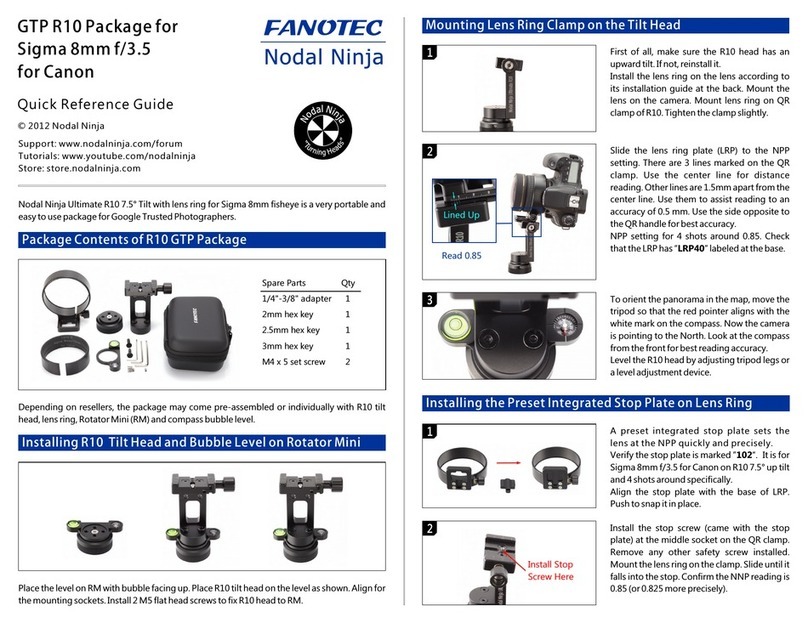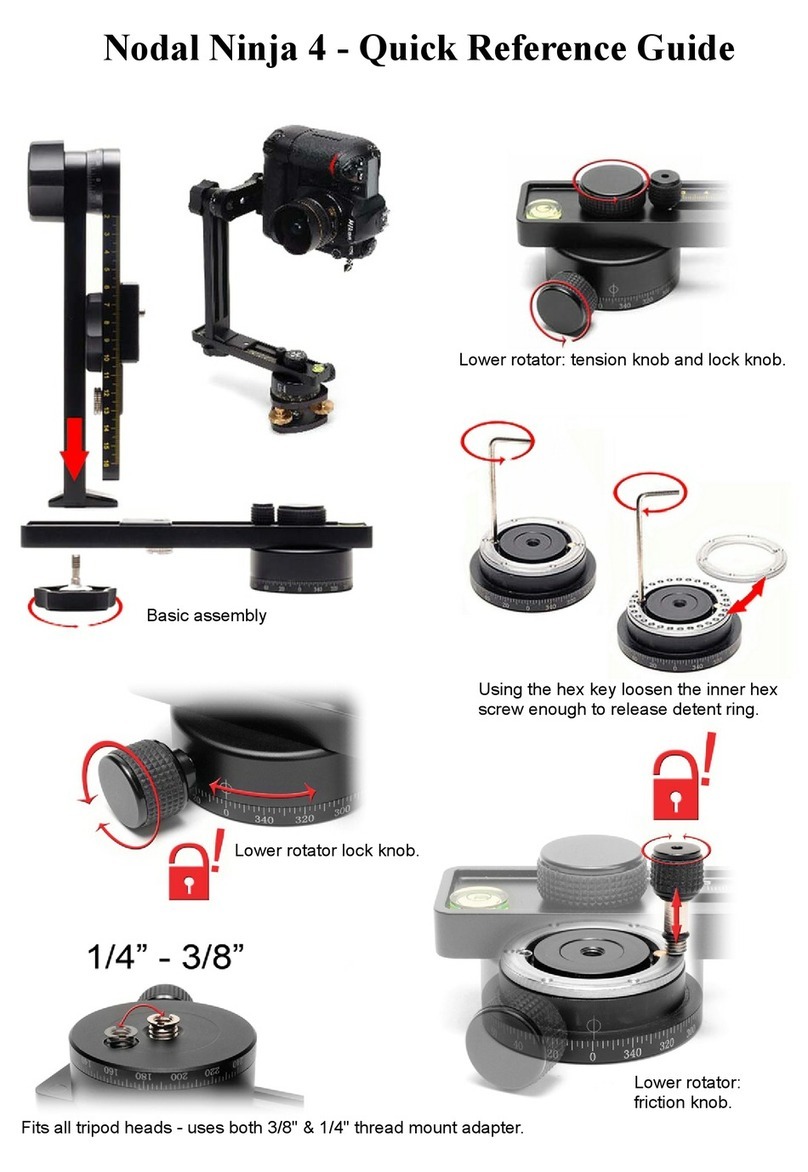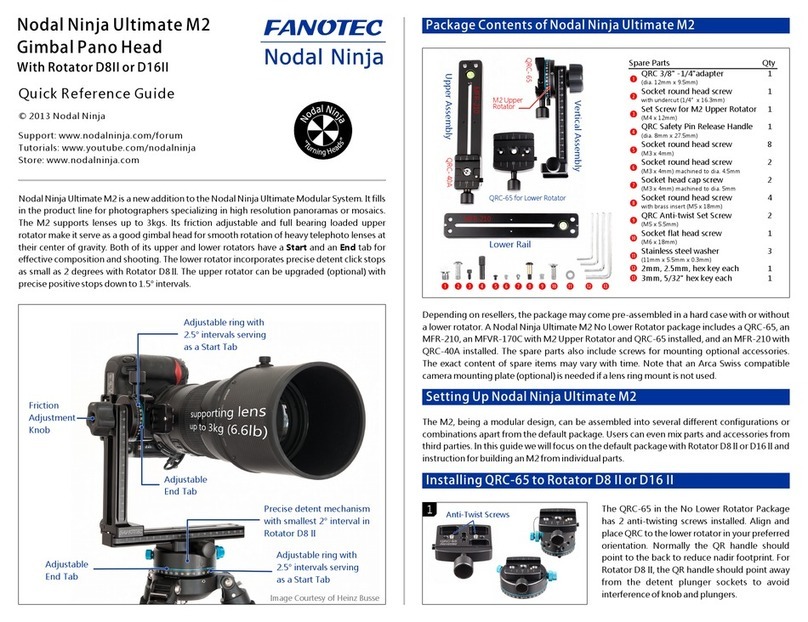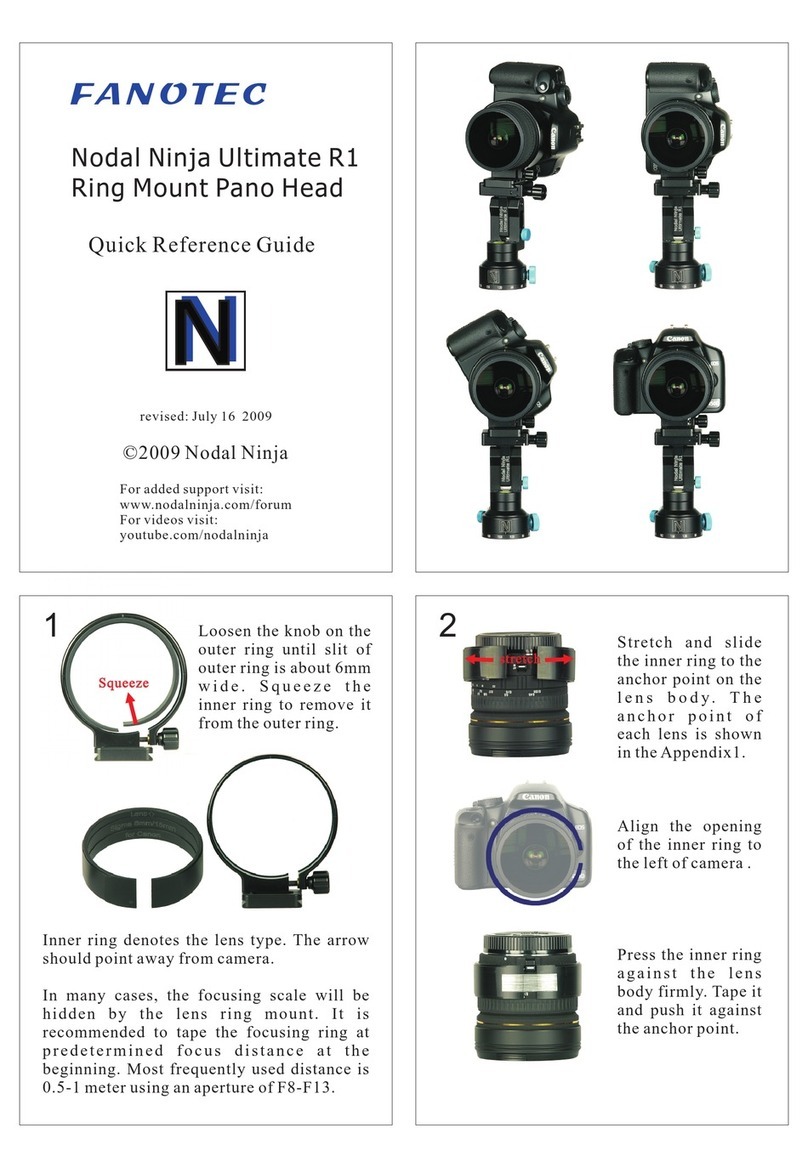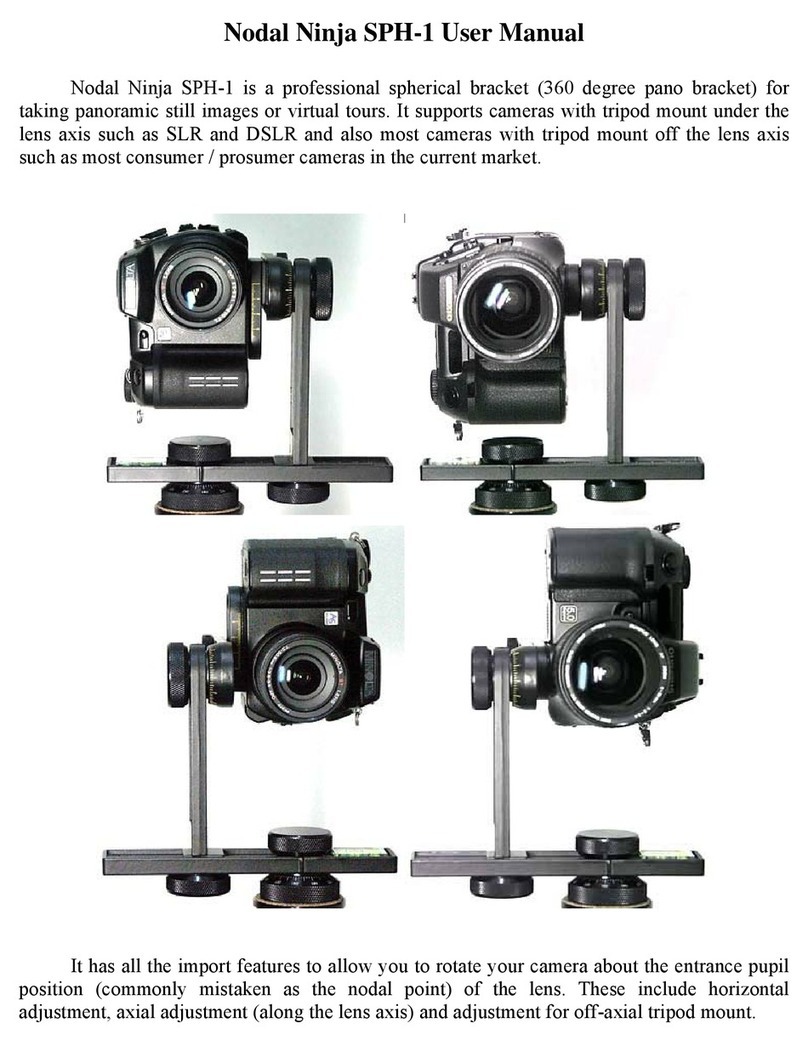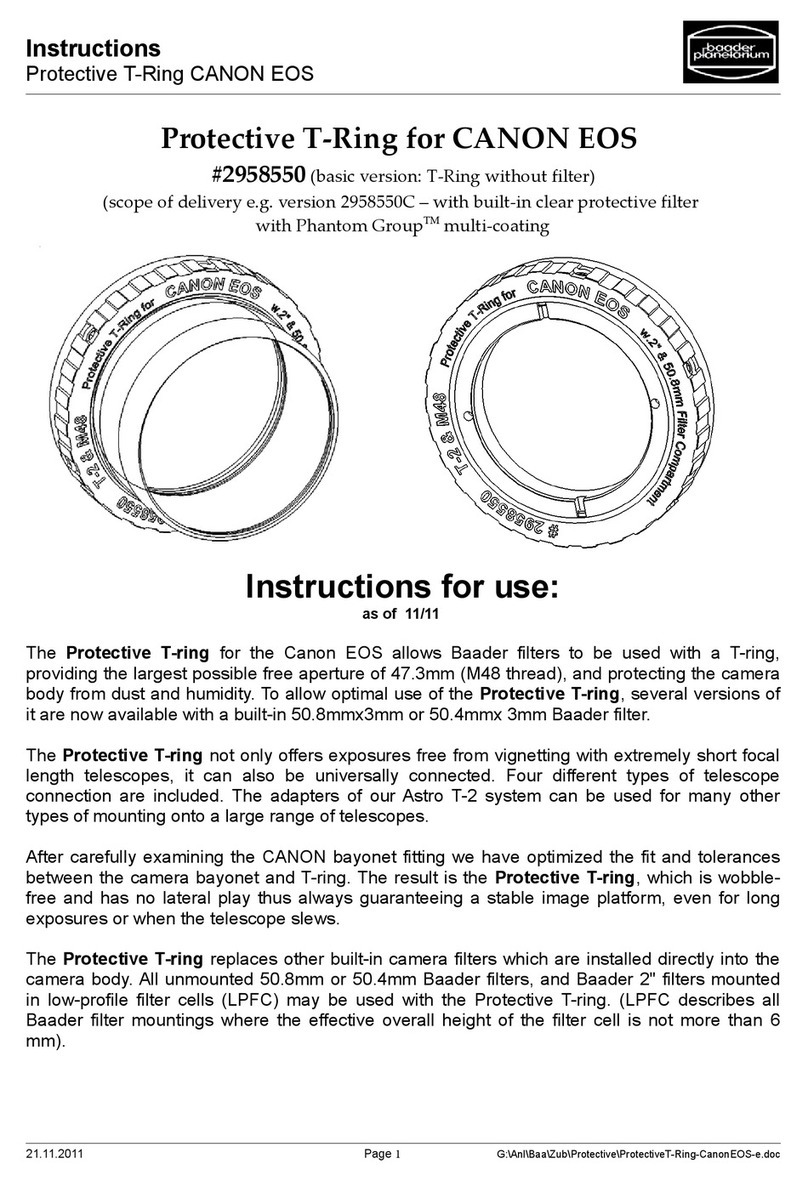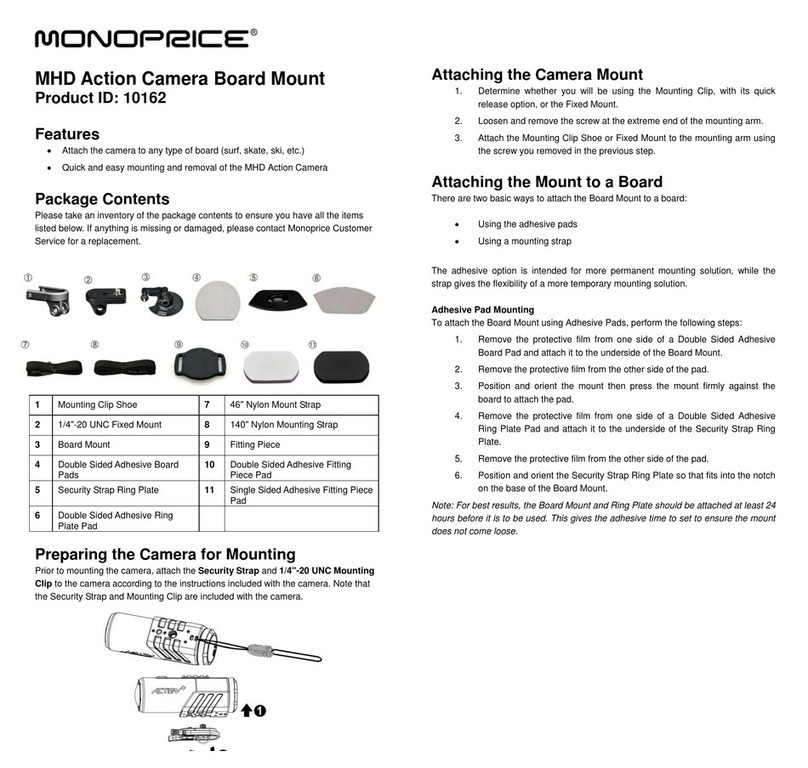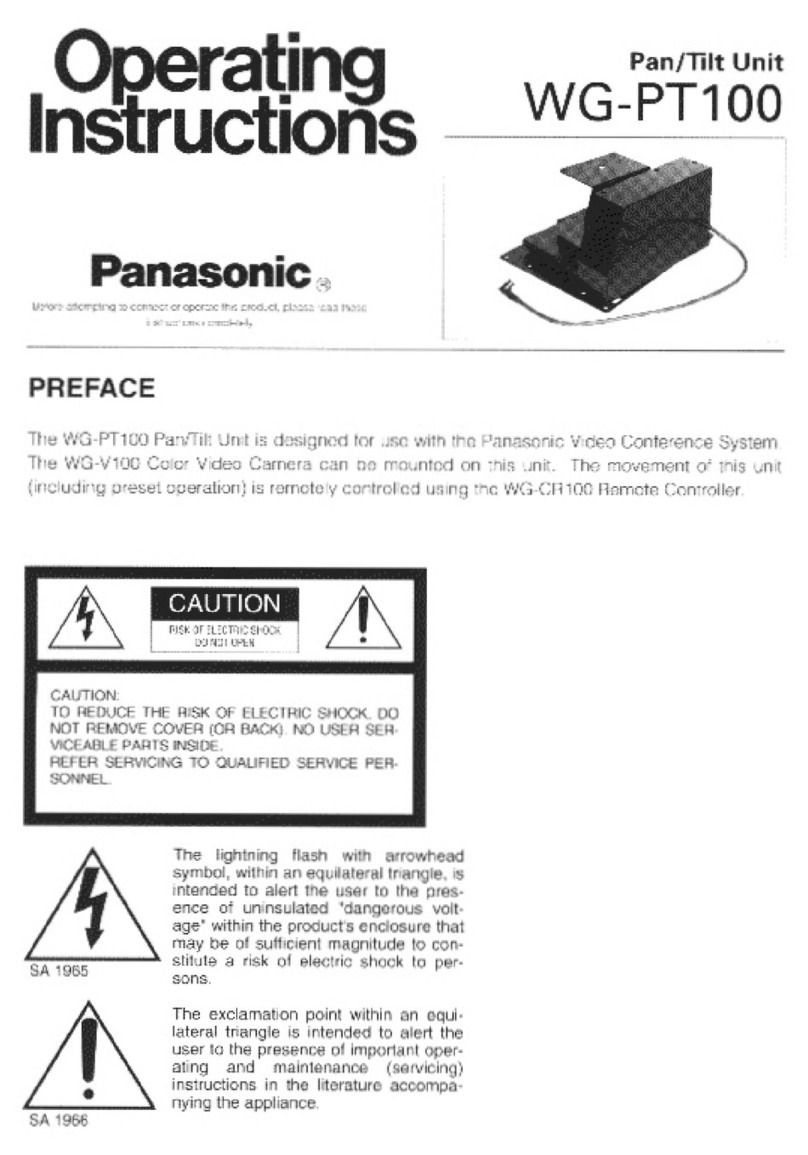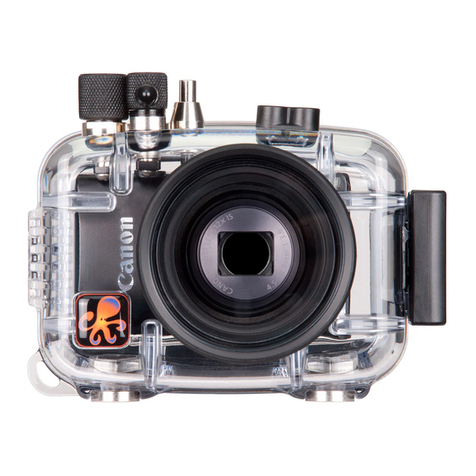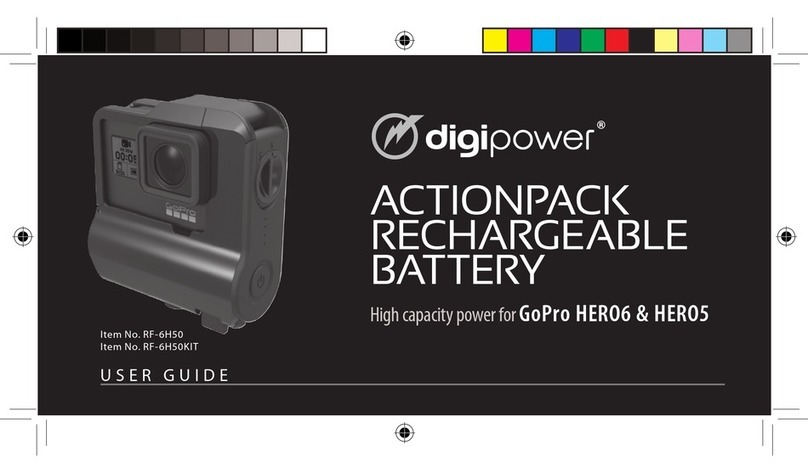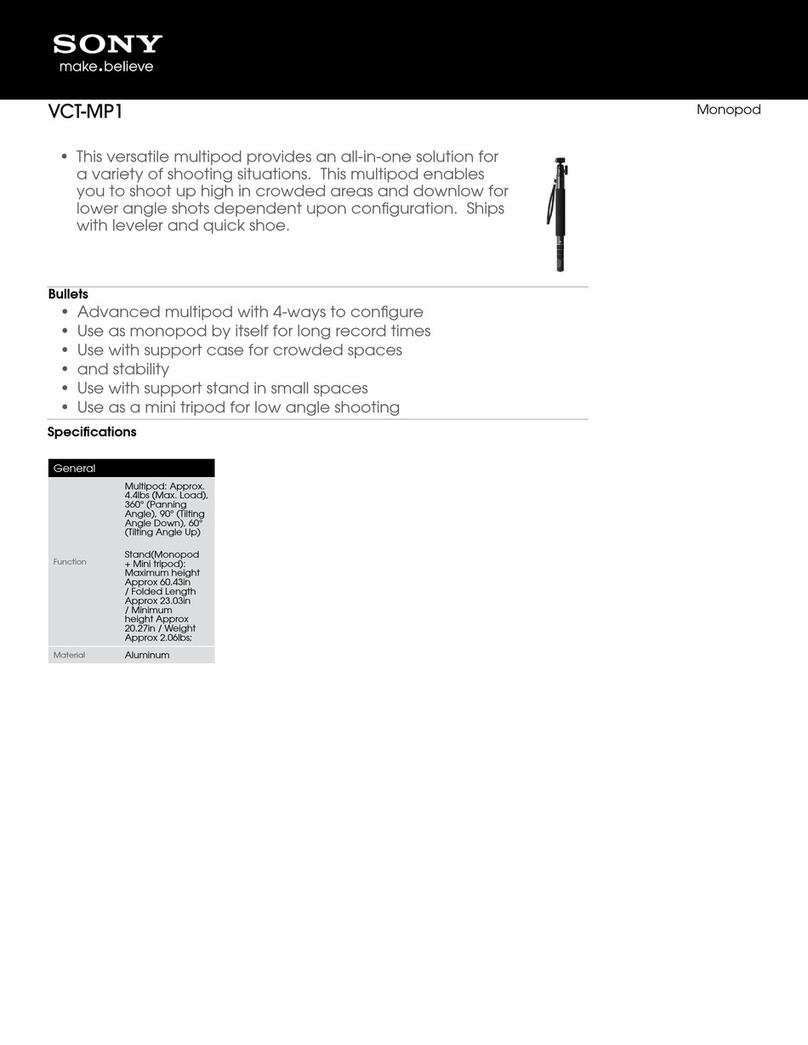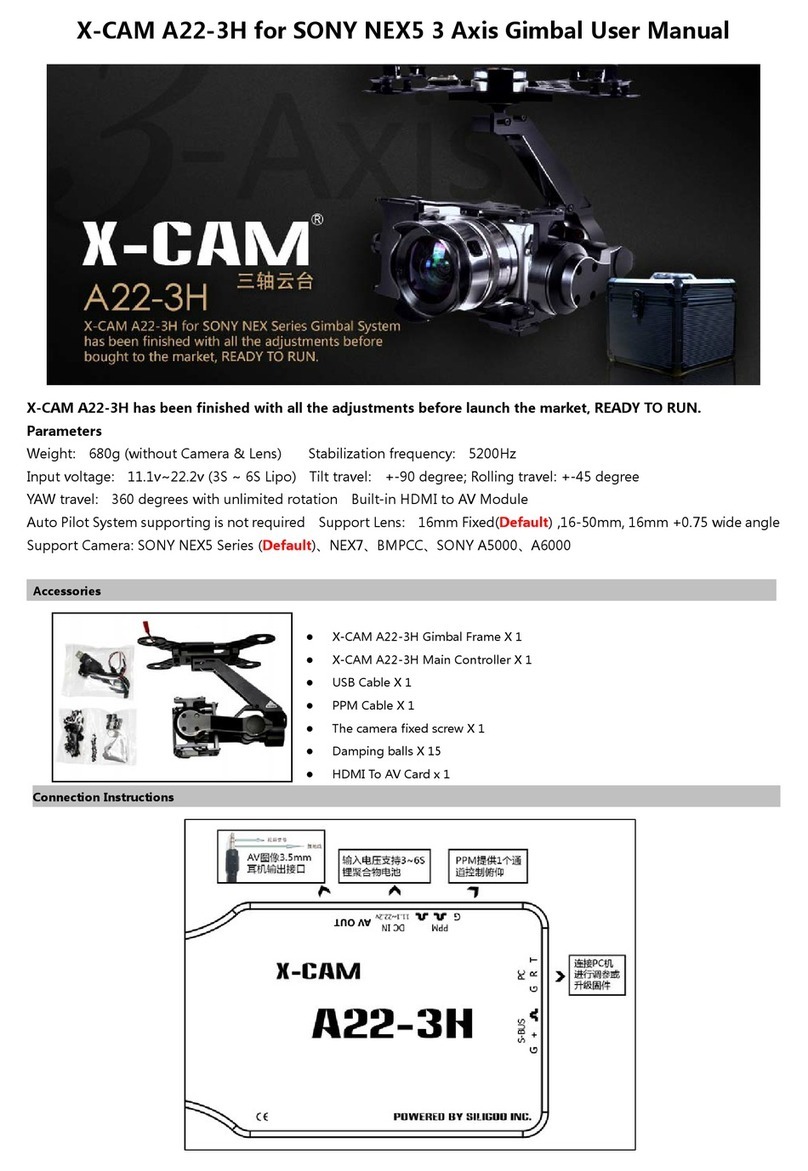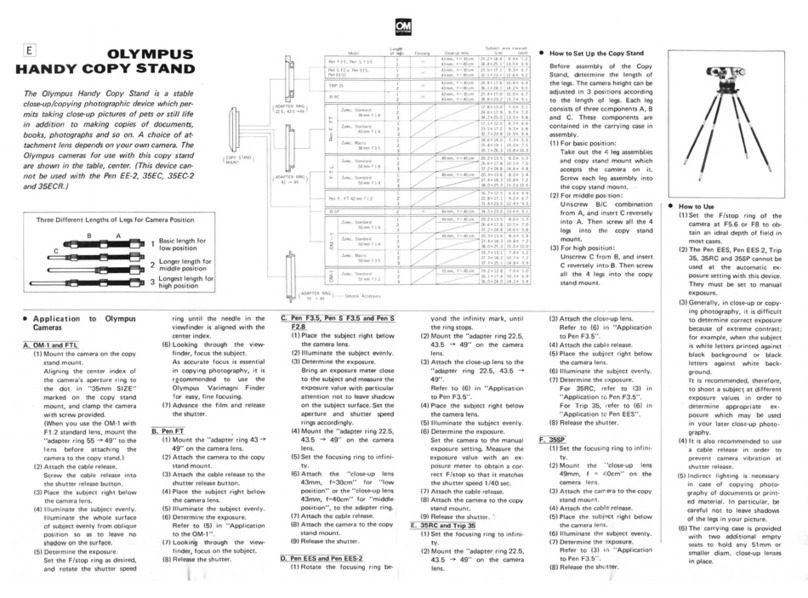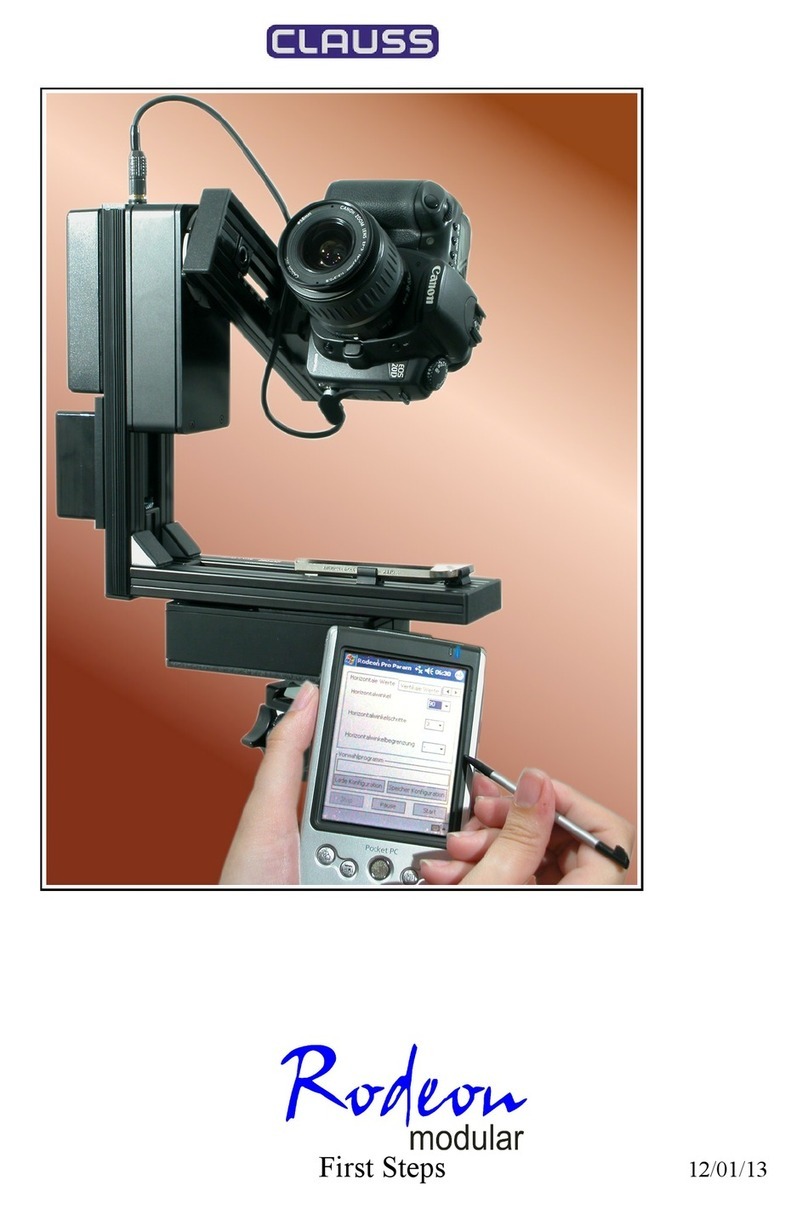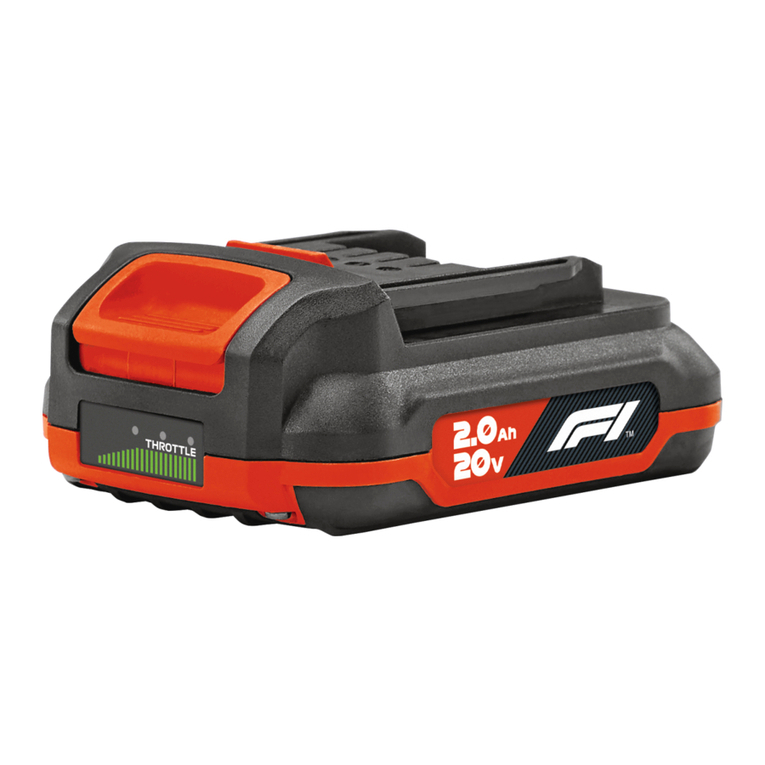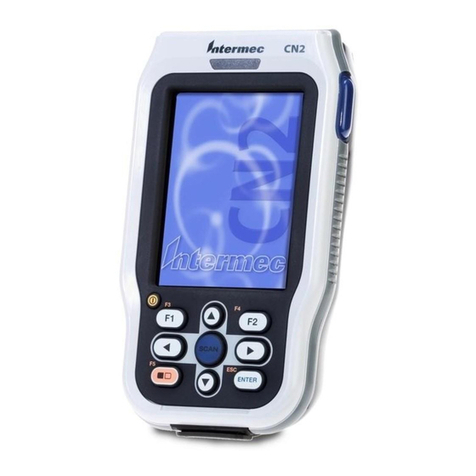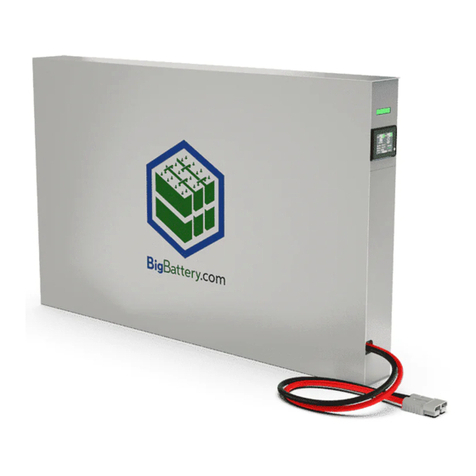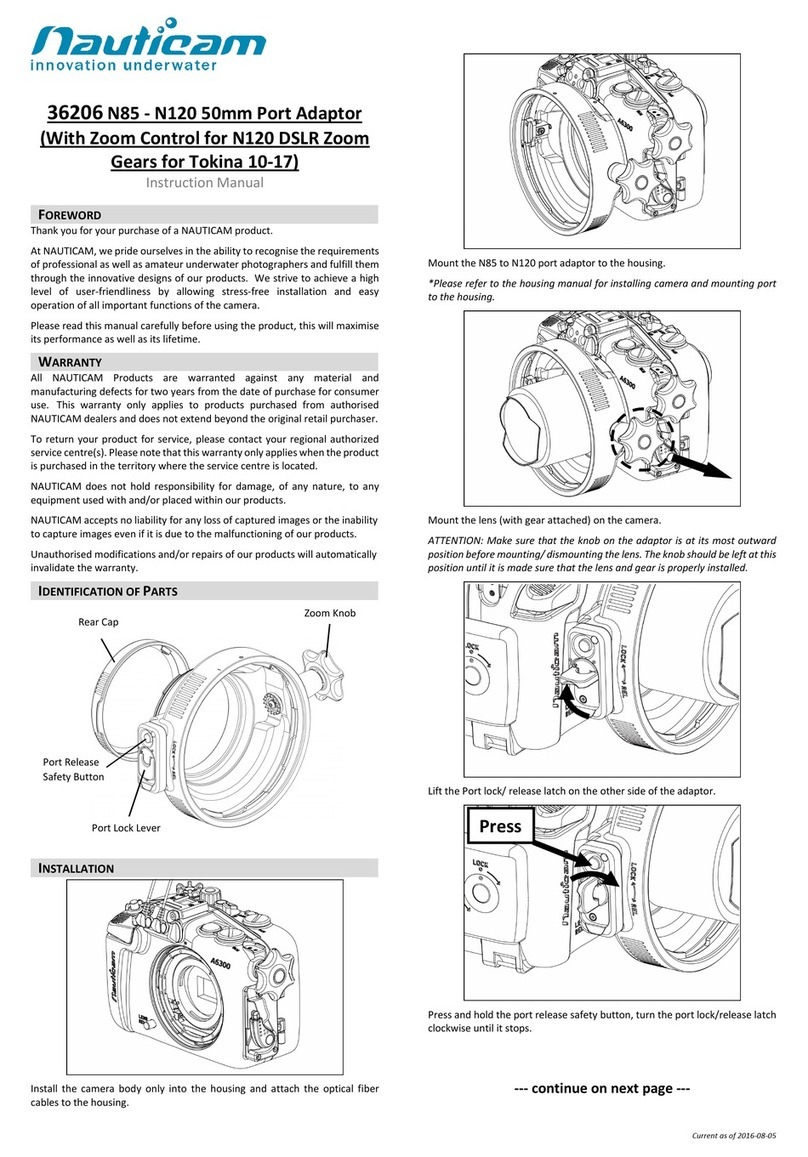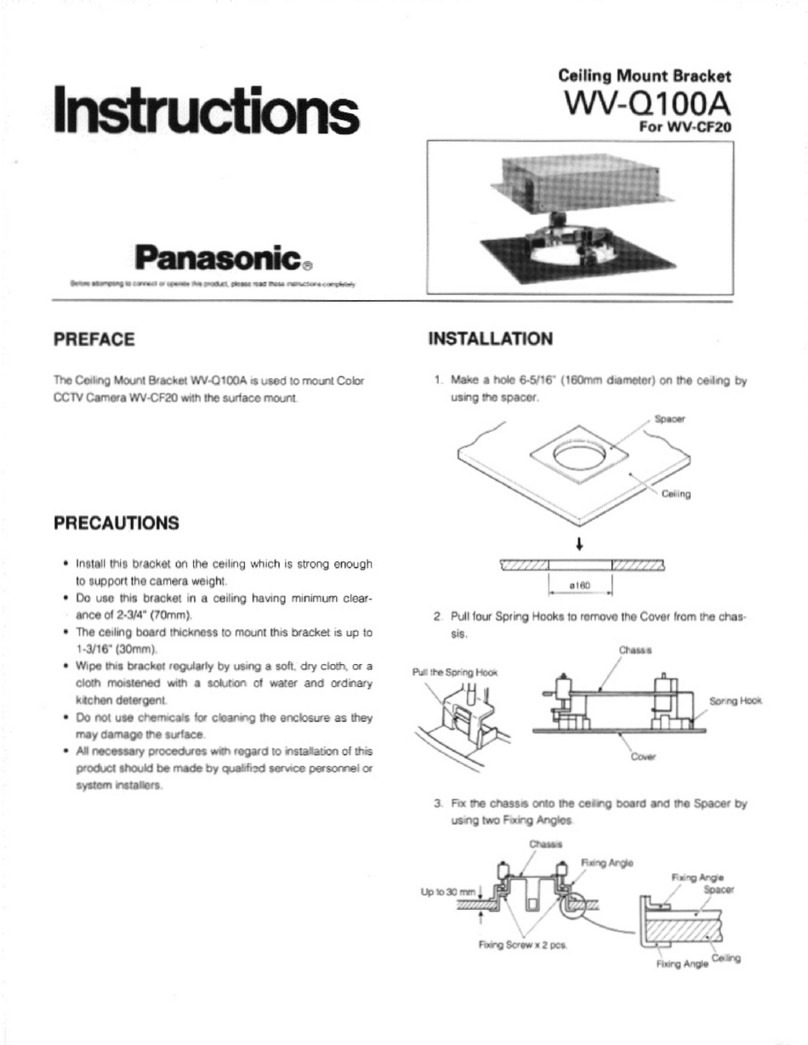UsingtheHeadAlignmentKnob(HAKnob)
In panoramic photography, one may want to include a specific view into a single
image to reduce stitching errors. One may also want to set a specific viewpoint as
the initial displayed view, instead of in post processing. This can be achieved by
moving the tripod legs. Some situations may require the tripod legs be placed in
specific positions, e.g., in very crowded places. The indexed rotator in a pano head
may hinder rotation to the preferred angle. The HA Knob will allow the pano head
to point in any direction. Alternative, it allows EZ-L II to align its edges to the tripod
legs to minimize the nadir footprint.
Loosen EZ-L II a bit to help loosen HA
Knob. Gradually loosen HA Knob while
tightening EZ-L II, until the camera is
about to point at the desired direction.
Tighten EZ-L II fully. Then continue the
lev e li ng pro c es s des c ri be d in t h e
previous section.
Place the tripod legs in their preferred
positions. Tighten the HA Knob to the
base. Tighten EZ-L II to tripod while
holding the knob with fingers. Then
mount the pano head on top of EZ-L II.
Mount the camera on pano head.
1
Rotate EZ-L II
Clockwise to
Tighten
Loosen HA KnobLoosen HA KnobLoosen HA Knob
TipsforLevelingaPanoramicTripodHead
Many people new to panoramic photography have concerns about bubble
movements after rotating the pano head, and they try to re-level the pano head
after each rotation. DO NOT re-level the pano head! Re-leveling moves the lens
away from the No-Parallax Point and will cause stitching errors. For the bubble to
remain stationary and centered, it requires a level of perfect accuracy or very low
sensitivity. That is not the case for levels used in photography. It also requires a
t r ip od a nd a p an o h ea d o f p er fe ct ri gi di ty , w hi ch se ld om e xi st . T he
recommendation from experienced panoramic photographers is to level the first
shot and forget about leveling the remaining shots.
EZ-L II is designed to support 10kg (22 lb) vertical compressive loading, a typical
loading type for most equipment to be mounted on EZ-L II. For equipment with
center of gravity far away from the mounting point, the load rating is reduced due
to the much amplified bending torque. This is the case for long lenses and Nodal
Ninja with nadir adapter (or pano head with similar construction) in the swung out
position. We recommend maximum loading of 1.5kg (3.3lb) using a nadir adapter
on EZ-L II. There may be a slight lifting of level on the opposite side of load.
Vertical & Compressive
TipsforAccurateReadingofCircularBubbleLevel
With a properly leveled circular bubble
level, the bubble is positioned at the
ce n te r of t he v i al. T he bu b ble i s
horizontally centered when a viewer
looks at the center of the vial from any
direction. Therefore it suffices that the
viewer reads the bubble from any 2
perpendicular vertical planes
Top Left/Right
Top Front/Back
Le ve l t h e bu bbl e a s d e scr ibe d in
previous section. Confirm the accuracy
of reading by ensuring the bubble is
centered horizontally when viewed
from the top front/back as well as from
the top left/right. If not, re-adjust
roller(s) to center the bubble. Now the
bubble is leveled.
NoteAboutMaximumLoadingandOff-AxisLoading
Nadir Adapter
Swung Out
Position
Tighten HA Knob to the Base
Alternatively, HA Knob allows EZ-L II to
align its edges to the tripod legs to
minimize the nadir footprint. Loosen
EZ-L II a bit. Gradually loosen HA Knob
while tightening EZ-L II, until its edges
are about to align with the tripod legs.
Then tighten EZ-L II fully.
2A
2B
Edges Aligned to
the Tripod Legs
For accurate leveling, a circular bubble level must be read from vertically above.
Any viewing angle to the vertical will cause reading error. With a camera and lens
positioned at the No-Parallax Point on a pano head, it can be quite difficult to view
the bubble from vertically above. This tip will help you overcome this difficulty.
Bubble is Centered
in Any Direction


